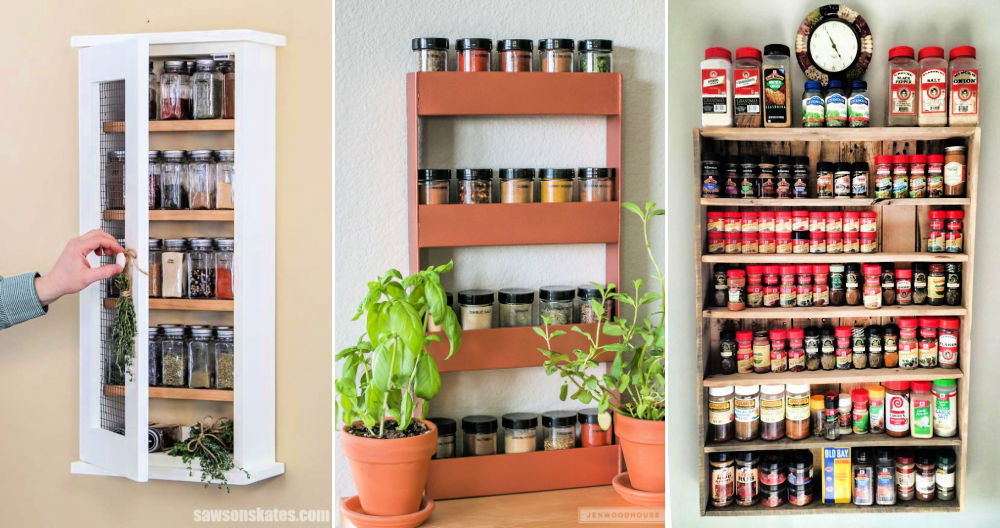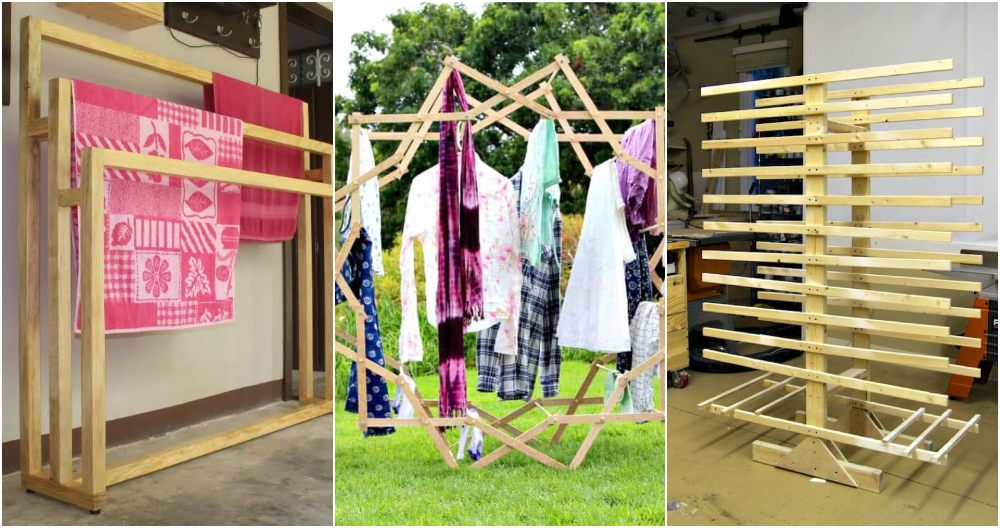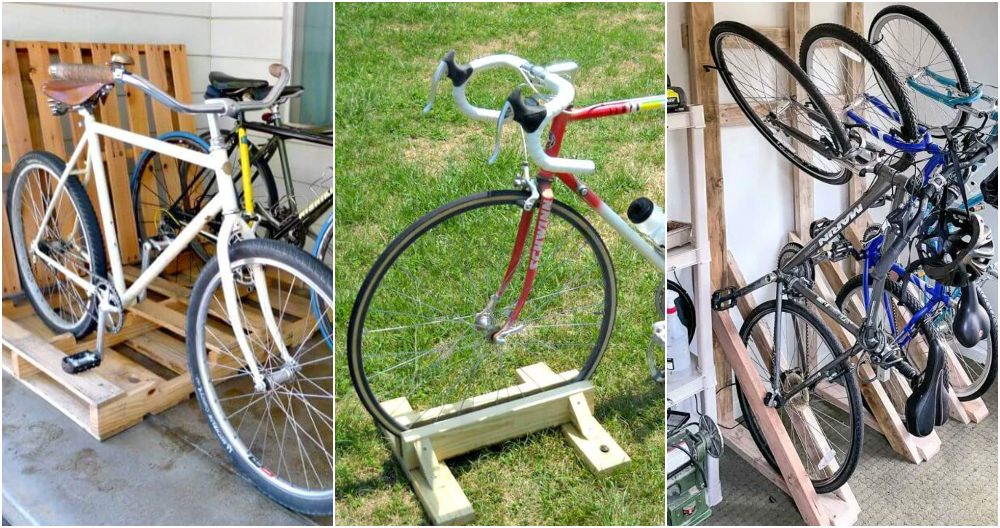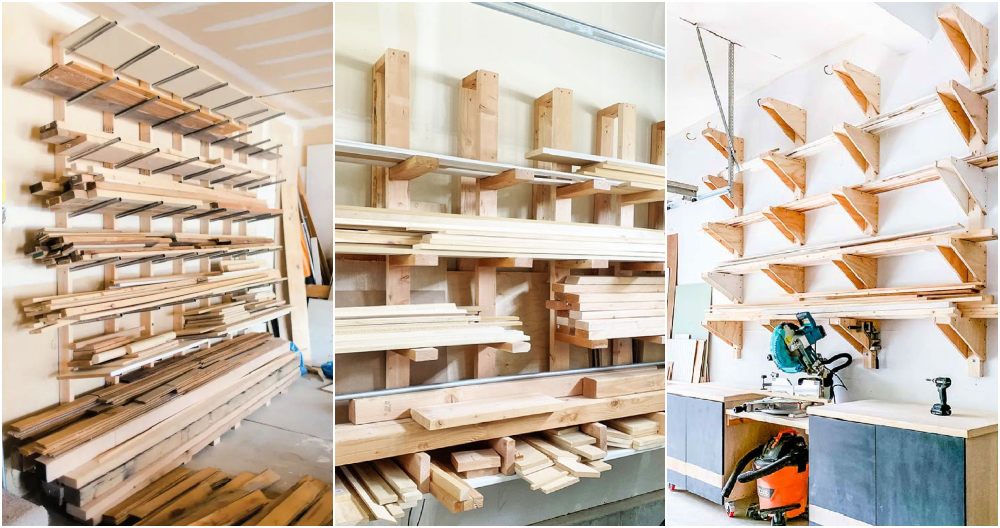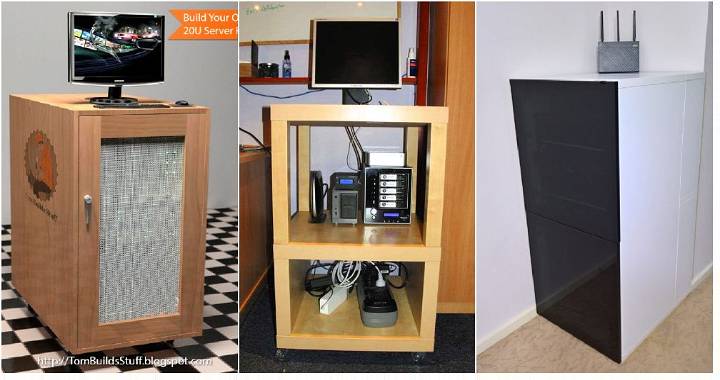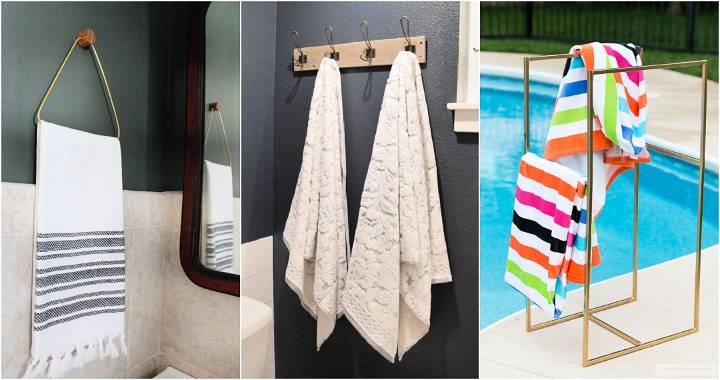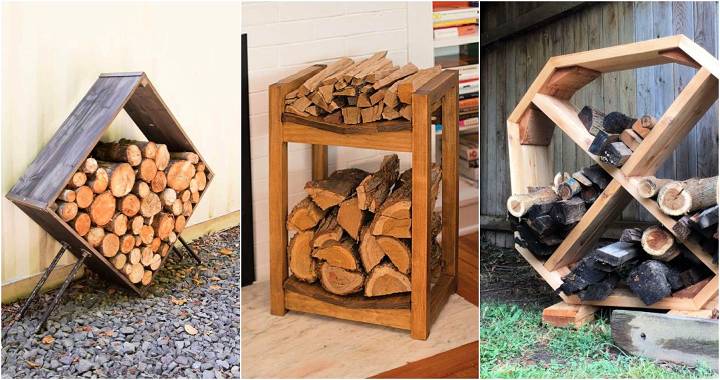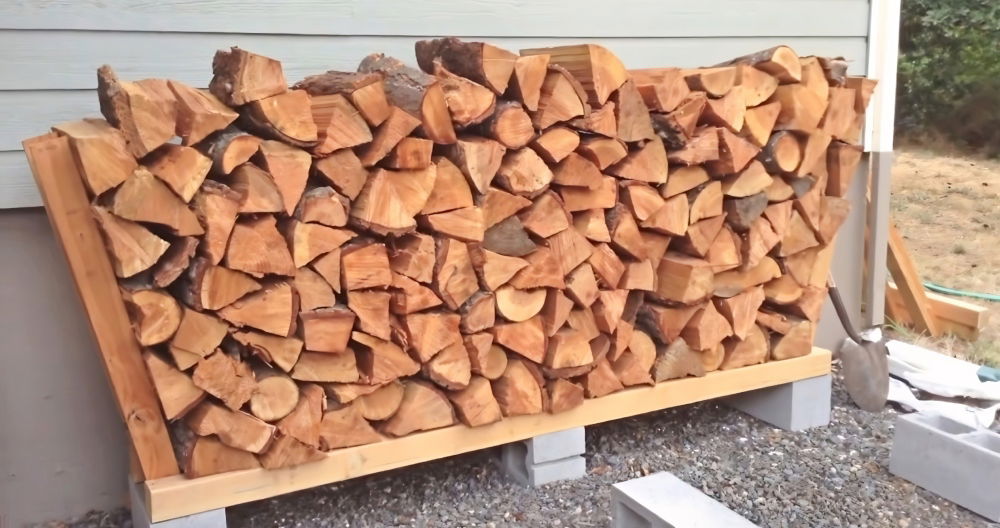Building my own spice rack was a venture born out of necessity and inspiration. My kitchen was cluttered with various spice jars, each with its own shape and size, making it challenging to keep things organized. Inspired by a DIY tutorial I stumbled upon, I decided it was time to build a custom spice rack tailored to my needs — little did I know, it would transform not just my kitchen but also my approach to DIY projects.
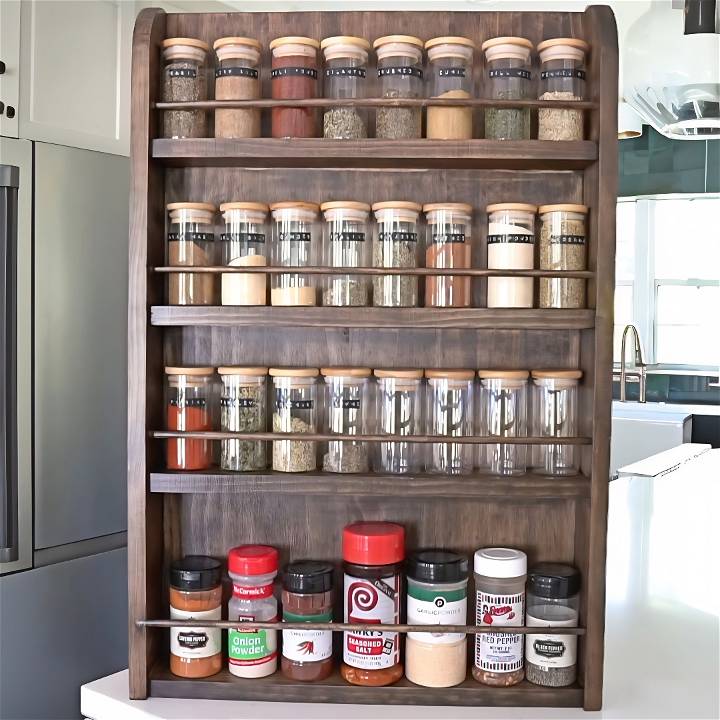
Materials Needed and Why
- 1x4s for Side Supports & 1x3s for Shelves: The backbone of our spice rack, providing structure and support.
- 3/8 Inch Wooden Dowels: To keep the spices in place, preventing them from tumbling out.
- 3/4 Inch Project Panel (for the back): Offers a solid backing, adding stability and allowing the rack to be mounted easily.
- Spice Jars: Essential to measure out the spacing accurately.
- 3/8 Inch Drill Bit: For drilling holes for the dowels.
- Brad Nailer and Brad Nails (1.5-inch): For assembling the pieces securely.
- Wood Glue: For additional bond strength.
- 24 Inch Clamps: To hold the wood in place while the glue dries.
- Orbital Hand Sander: To smooth out all wood surfaces and edges.
These materials were carefully chosen for their durability, aesthetics, and my specific storage needs. It was crucial to select the right wood size to ensure the shelves could comfortably hold the spice jars while maintaining a slender profile for the rack.
Step-By-Step Guide
Learn how to build your own DIY spice rack with our step-by-step guide. Organize your kitchen spices effortlessly with this easy project.
1. Planning and Cutting
After gathering my materials, I laid out my spice jars to determine the rack's dimensions. My aim was to build a spice rack that was 29 inches tall and 19.5 inches wide, fitting perfectly on the back of our pantry door. I rounded the corners of the side supports for a softer look, tracing a bowl to achieve the arch design, then cut the materials to size using a circular saw for straight cuts and a jigsaw for the rounded corners.
2. Smoothing and Preparing
Once cut, I used my orbital hand sander to smooth every piece of wood. This step was crucial in ensuring there were no sharp edges or rough surfaces that could catch on anything or splinter.
3. Layout and Drill
Next, I measured and marked where each shelf and dowel would be placed. Using a 3/8 inch drill bit, I drilled holes for the dowels, careful not to drill too deep. A piece of tape on the drill bit acted as my guide to stop at a quarter-inch depth.
4. Assembly
A dry fit ensured everything aligned correctly before I moved on to gluing. Wood glue provided the initial hold for each piece, secured further with 24-inch clamps. Once the glue was tacky, I reinforced the structure with 1.5-inch brad nails.
5. Finishing Touches
I applied wood filler to any nail holes to build a smooth finish, which, after drying, was sanded down. The entire spice rack was then stained with Behr premium wood stain in Espresso, giving it a rich, warm tone. A few coats of satin polyurethane protected the wood and added a slight sheen, lightly sanding between each coat to ensure a smooth finish.
6. Spice Jar Prep and Labeling
With the rack complete, I turned my attention to the spice jars. Consolidating my spices into uniform jars not only made them more organized but also aesthetically pleasing. I used a label maker for clear, consistent labeling, positioning each label at the same height using a folded piece of blue tape as a guide.
Spice Organization Tips
Keeping your spice collection organized can make cooking more efficient and enjoyable. Here are some practical tips to help you declutter, label, and arrange your spices effectively:
1. Declutter and Assess:
- Start Fresh: Empty your spice cabinet or drawer. Lay out all your spices on a clean surface.
- Check Expiry Dates: Discard any expired or stale spices. Freshness matters for flavor!
- Assess Usage: Consider which spices you use most frequently. Prioritize these for easy access.
2. Labeling and Grouping:
- Clear Labels: Invest in clear, waterproof labels for your spice jars. Legible labels prevent mix-ups.
- Alphabetize or Categorize: Choose a system that works for you. Alphabetical order is straightforward, but grouping by cuisine (e.g., Indian, Mexican, Italian) can be more intuitive.
- Color Coding: Use colored labels or markers to differentiate between similar-looking spices.
3. Storage Solutions:
- Spice Racks: Opt for tiered spice racks or pull-out drawers. These save space and keep spices visible.
- Drawer Inserts: If you have deep drawers, use inserts with compartments to organize spices neatly.
- Wall-Mounted Options: Consider magnetic spice tins attached to the inside of cabinet doors or a magnetic wall strip.
- Lazy Susans: These rotating trays work well for corner cabinets or deep shelves.
4. Repurpose Containers:
- Baby Food Jars: Clean and reuse baby food jars for small quantities of spices.
- Glass Jars: Recycle glass jars (e.g., jam jars) with tight-fitting lids. They're eco-friendly and allow you to see the contents.
- Test Tubes: For a unique display, use test tubes with cork stoppers.
5. Keep Spices Fresh:
- Cool and Dark: Store spices away from heat and direct sunlight. A cool, dark pantry or cabinet is ideal.
- Airtight Containers: Transfer spices to airtight containers to maintain flavor and prevent moisture.
- Buy in Small Quantities: Purchase spices in small amounts to ensure freshness.
Remember, an organized spice collection not only streamlines your cooking process but also adds a touch of culinary joy to your kitchen!
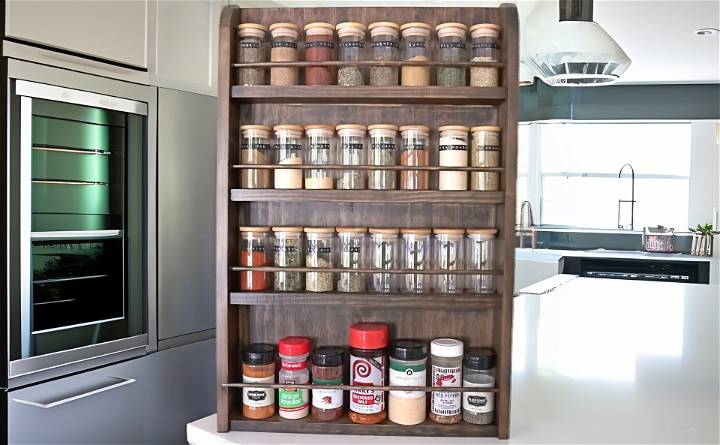
FAQs About DIY Spice Rack
Discover answers to common questions about making your own spice rack at home. Find tips, tutorials, and more in this DIY spice rack FAQ guide.
1. Where should I mount my new spice rack?
- Answer: The ideal location for your spice rack depends on your kitchen layout and personal preferences. Consider mounting it near your cooking area for easy access. Common spots include inside cabinet doors, on the wall, or even on the side of your fridge using magnets.
2. Can I still use the cupboard where my spice rack is?
- Answer: Absolutely! Most DIY spice racks are designed to maximize space without interfering with other kitchen storage. You can still use the cupboard or shelf where your spice rack is installed. Just ensure that it doesn't block other items or build clutter.
3. What kind of wood should I use for building a spice rack?
- Answer: When selecting wood for your spice rack, opt for something sturdy and moisture-resistant. Common choices include pine, cedar, or hardwood plywood. Make sure the wood is smooth and free from splinters to prevent damage to your spice containers.
4. How do I make an adjustable spice rack?
- Answer: Building an adjustable spice rack allows you to accommodate different-sized spice containers. Here's how:
- Use slotted shelves or dowels to hold the spice jars.
- Install movable dividers or rails to customize the spacing between shelves.
- Consider adding extra holes or slots for future adjustments.
5. What's the easiest DIY spice rack design?
- Answer: If you're a beginner, start with a simple design. The countertop spice rack made from a single cedar board is an excellent choice. It involves basic cutting, nailing, and sanding. Add a coat of paint to match your kitchen decor.
6. How can I build a magnetic spice rack?
- Answer: A magnetic spice rack is a space-saving solution. Follow these steps:
- Wash the spice jars to ensure they're clean.
- Attach small neodymium magnets to the bottom of each jar.
- Mount a sheet of tin or a magnetic whiteboard on your kitchen wall.
- Arrange the magnetized spice jars on the surface.
- Label them for easy identification.
Remember, your DIY spice rack should cater to your specific needs and kitchen space. Get creative and enjoy organizing your spices!
Final Thoughts
Mounting the spice rack on the back of our pantry door saved valuable counter space and made my spices easily accessible. This project not only decluttered my kitchen but also instilled a sense of pride in making something functional and beautiful with my own hands. For anyone looking to tackle their spice organization or simply searching for a rewarding DIY project, building a custom spice rack is a fulfilling endeavor. Just follow these steps, and don't shy away from customizing it to fit your space and needs perfectly.


